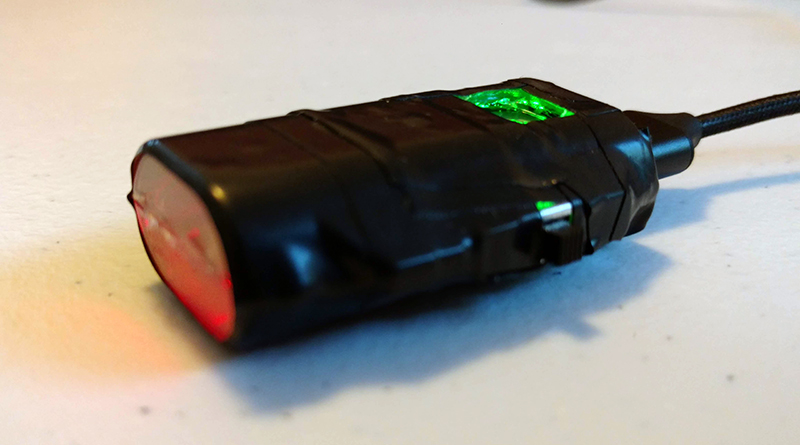Kids spend too much time in front of a screen these days. They also won’t get off my lawn, and music today is just a bunch of static. They don’t respect their elders, either. While kids today are terrible, we can fix that first problem — sitting in front of a screen all day. For his Hackaday Prize entry, [Donovan] has created a device that optimizes screen time to reduce sensory overload. It’s the Optimote, the combination of a remote control and biofeedback.
The idea behind the Optimote is to actually to reduce stimulation when watching something on a screen. For many people, including people on the autism spectrum, watching TV or YouTube videos can often result in debilitating sensory overload. You can’t relax in this state, you can’t learn, and you certainly can’t get any entertainment value out of the glowing rectangle in front of your face.
The Optimote uses a pulse sensor, an Arduino, an incredible break-away cable that seems to be missing from any other wearable device like this, and a software stack that interacts with VLC. During periods of high pulse rate, the video skips to low-intensity footage. There’s a ‘calm’ mode that puts media volume and tempo in sync with heart rate. The ‘thrill’ mode plays an eerie scene looping with the Jaws theme.
So far, the prototype is a success, and [Donovan] is looking forward to large-scale user experience testing to determine how effective and enjoyable this technology can become.



















how about to not watch tv at all in these conditions, i mean if i were blind i’m definitely stayed out from skiing for example, right?
(Kelly Gallagher is a blind Paralympic gold Ski champ who used assistive technology.)
Because there is incredible teaching potential in video.
This project helps people understand when they’re overstimulated, and helps compensate automatically.
I do this manually for my children. When they’re watching something, I monitor them. If the show has a lot of “action” and they get rambunctious I pick something else.
This isn’t a replacement for parenting, and I don’t think the maker intended it that way. It’s simply another tool to help people with different attention spans concentrate. I can see it being very useful after some refinement. Perhaps non-contact pulse rate readings with a webcam? Something like https://github.com/thearn/webcam-pulse-detector
Very educationally put.The better the tool, the easier and efficient the job.
sorry Brian, static is far more pleasant than most “music” produced since about 1990
Whoa, neat. As someone with ASD and hypersensitivity issues, it’s awesome to see people working on these issues. My computer/work bench is generally a place where I feel least bothered/most comfortable as I’ve adapted it to be such, based on my needs/distractions, but I can definitely understand how others would feel differently.
Will be keeping an eye on this and likely help do some testing if needed.